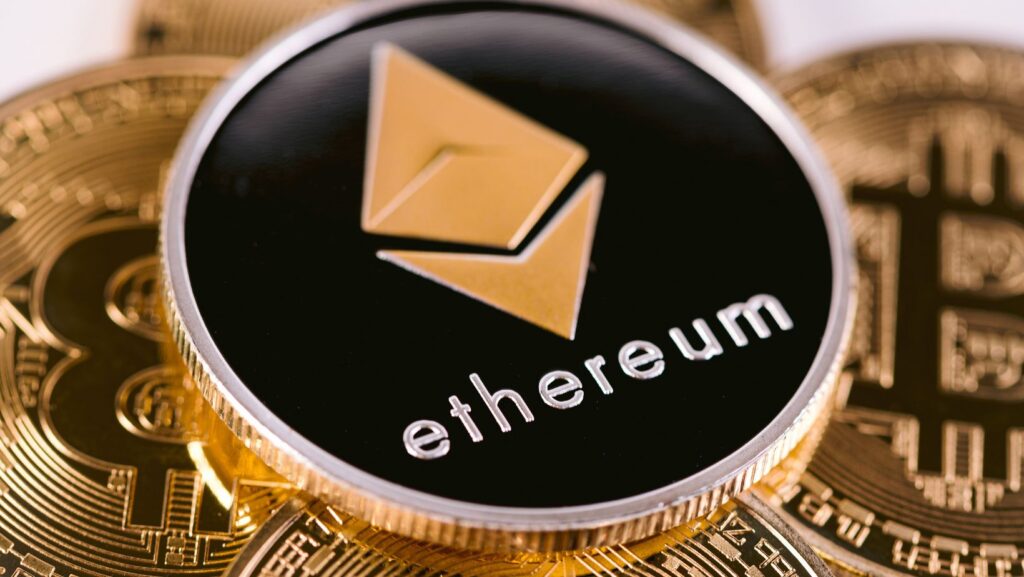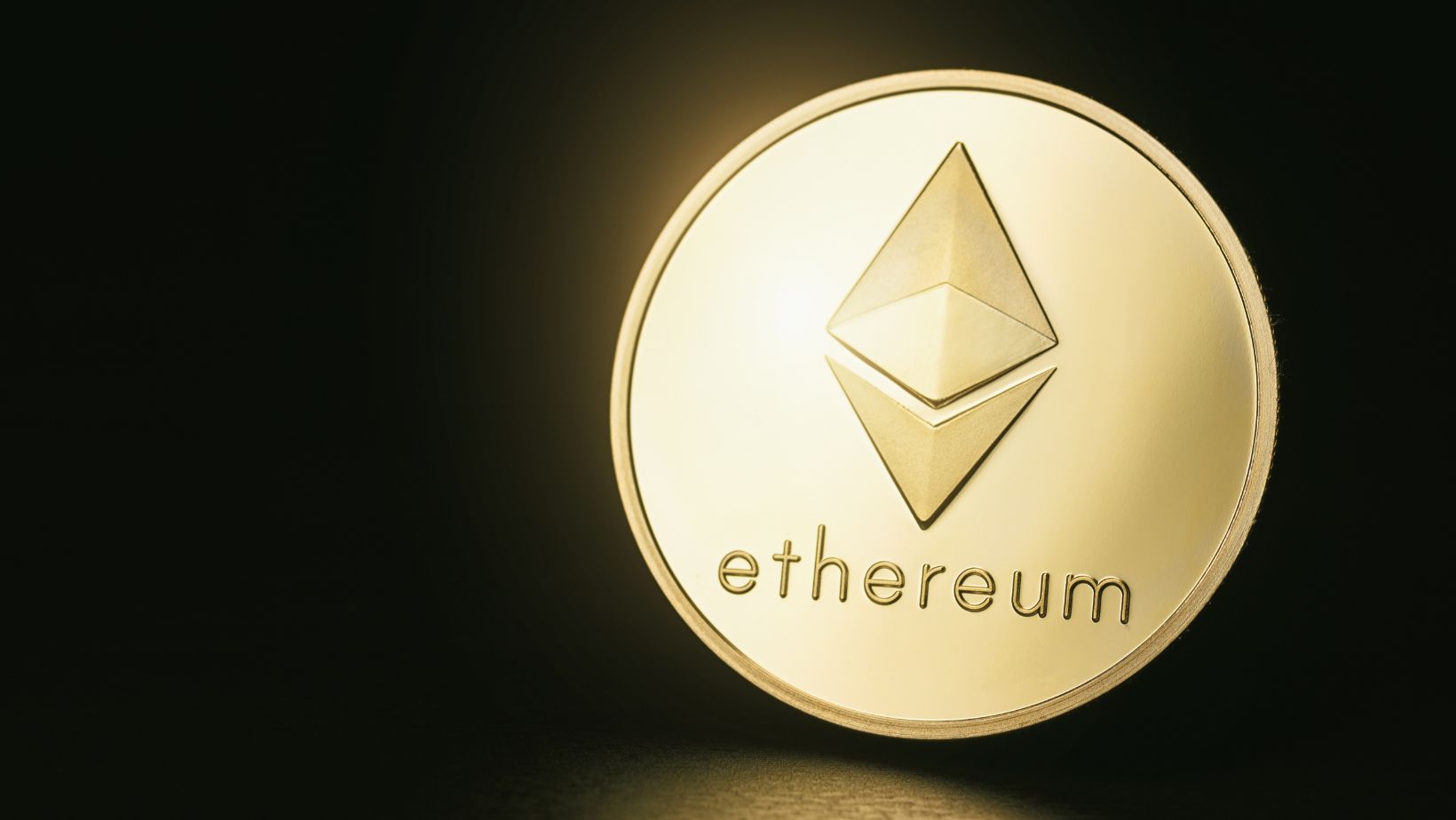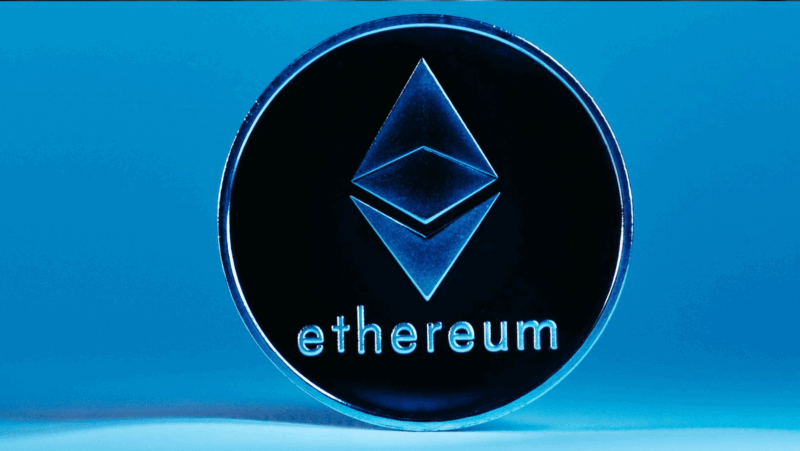
In the ever-shifting sands of the financial world, one force has proven itself to be both disruptive and innovative—DeFi, or decentralized finance. At the heart of this movement stands Ethereum, a blockchain that has become synonymous with smart contracts and dApps. For many entering this dynamic space, finding a reliable platform to purchase Ethereum instantly is often the first step into a broader, decentralized ecosystem that promises to reimagine finance from the ground up.
Much like the internet revolutionized communication, Ethereum has acted as the engine room for the DeFi transformation—powering a wave of applications that operate without intermediaries. It’s a leap from the old guard of banks and brokers to code, consensus, and community. And it’s shaking the foundations of traditional finance like a bull in a china shop.
Ethereum: The Backbone of DeFi
Ethereum isn’t just another blockchain—it’s a programmable foundation that supports decentralized applications (dApps) and smart contracts. Launched in 2015 by Vitalik Buterin and others, Ethereum allowed developers to move beyond simple transactions and build entire ecosystems on top of its infrastructure.
While Bitcoin paved the way by introducing the concept of decentralized digital money, Ethereum took the baton and ran with it, allowing anyone to write self-executing contracts—agreements that trigger automatically when conditions are met, no middlemen required.
By 2020, DeFi began to explode, with Ethereum playing host to projects like Uniswap, MakerDAO, and Compound. These protocols enabled lending, borrowing, trading, and earning interest—all without the need for a bank. It was like giving the financial system an open-source upgrade.
Smart Contracts: The Brains Behind the Operation
If Ethereum is the engine, smart contracts are the gears that keep DeFi humming. They eliminate the need for trust by embedding rules directly into the code. Think of them like digital vending machines—insert crypto, and the smart contract delivers based on predetermined logic.
Need to borrow funds? Supply collateral, and a smart contract ensures you meet the requirements. Want to earn yield? Stake your assets in a liquidity pool, and your returns are calculated and distributed automatically.
In traditional finance, lawyers, auditors, and banks often stand between parties. In DeFi, a few lines of code can do the job in milliseconds—and at a fraction of the cost.
Ethereum’s Dominance in the Numbers
As of early 2025, over 70% of all DeFi activity still runs on Ethereum. According to DeFiLlama, Ethereum’s Total Value Locked (TVL) consistently hovers above $100 billion—a staggering amount of capital managed entirely by decentralized code and communities.
The sheer volume of dApps, developers, and users building on Ethereum has created a network effect that’s hard to beat. It’s the town square of DeFi, where innovation meets scalability, albeit with some growing pains along the way.
The Rise of Layer 2s and Ethereum Scaling
Ethereum’s meteoric growth didn’t come without hiccups. High gas fees and network congestion became the talk of the town, especially during DeFi booms when demand spiked like a stock on Wall Street rumors.
To address these bottlenecks, Layer 2 solutions like Arbitrum, Optimism, and zkSync emerged. These protocols settle transactions off the main Ethereum chain before rolling them up into a single transaction on Layer 1, significantly reducing costs and increasing speed.
Imagine trying to funnel a million cars down a one-lane road—Layer 2s essentially build highways next to it, offering smoother travel while still plugging into Ethereum’s core security.
Tokenization and DeFi Innovation
Ethereum doesn’t just facilitate transactions—it enables entire assets to be tokenized. From real estate and stocks to art and gaming items, tokenization on Ethereum has opened Pandora’s box of financial innovation.

Projects like Aave and Curve have taken borrowing and lending to new heights, while Synthetix enables trading of synthetic assets that mirror real-world prices. Meanwhile, stablecoins like DAI and USDC—both heavily reliant on Ethereum—offer users a way to hedge against volatility while still engaging in DeFi activities.
Yield farming, liquidity mining, and governance tokens have also added new dimensions to asset management, rewarding users for participation and giving them a voice in the direction of protocols.
It’s a bit like being a shareholder, a customer, and a board member all rolled into one.
Community Governance and DAOs
The ethos of DeFi lies not just in decentralization of services but also in the decentralization of power. This is where DAOs (Decentralized Autonomous Organizations) step in. Powered by Ethereum smart contracts, DAOs allow communities to propose, vote on, and implement changes without relying on centralized leadership.
Gone are the days when a boardroom full of suits decided the fate of a company. In DeFi, token holders drive the ship. It’s democracy in the digital age—flawed, messy, but wildly empowering.
Ethereum enables this fluid governance through its infrastructure, making it the soil in which thousands of DAOs have taken root.
Interoperability and Composability: The Lego Blocks of DeFi
Ethereum-based protocols are often described as “money Legos”—modular components that can be stacked and integrated with one another. A user might deposit funds into MakerDAO to mint DAI, then use that DAI in a Uniswap pool to earn fees, all while using Aave to borrow against that liquidity.
This composability is what makes DeFi so powerful. It’s not just about individual protocols—it’s about the network of applications working in harmony. Like jazz musicians improvising in sync, each DeFi dApp contributes to a larger symphony of financial freedom.
The Security Question: Caution Without Paranoia
With great freedom comes great responsibility. Ethereum’s open nature has led to some high-profile hacks and exploits over the years. From flash loan attacks to faulty smart contracts, the Wild West vibe still lingers.

Yet, the community has responded with audits, bug bounties, insurance protocols like Nexus Mutual, and stricter coding standards. Security firms now play a crucial role in the DeFi lifecycle, conducting pre-launch reviews and real-time monitoring.
It’s a game of cat and mouse—but one where the mice are getting smarter.
Ethereum’s Upcoming Upgrades and Future Outlook
Ethereum continues to evolve. With the successful transition to Proof of Stake (the Merge) already behind us, the focus in 2025 has shifted toward scalability, sustainability, and user experience. Upgrades like EIP-4844 (proto-danksharding) aim to further reduce costs and increase throughput.
Moreover, Ethereum’s role as a settlement layer is becoming clearer. With multiple Layer 2s and sidechains operating in tandem, Ethereum is positioning itself as the backbone of a vast, interoperable financial web.
And let’s not forget the push toward privacy and compliance, with projects exploring zero-knowledge proofs and on-chain identity solutions to strike a balance between transparency and regulation.
Final Thoughts
Ethereum has done more than just support DeFi—it has defined it. From its humble beginnings as a scrappy experiment in programmable money, it’s become the heartbeat of a decentralized economy that’s rewriting the rulebook.
For those looking to break free from the old financial playbook, Ethereum is the starting point, the engine, and the bridge to a new paradigm. The innovation happening on its rails isn’t just technical—it’s philosophical. It challenges who controls value, who earns from it, and how financial freedom is distributed.
DeFi is no longer just a buzzword. It’s a movement. And Ethereum, with all its quirks and brilliance, is leading the charge into uncharted territory.
As we look toward the horizon, one thing is clear: Ethereum isn’t just riding the wave of DeFi—it helped create the swell.







